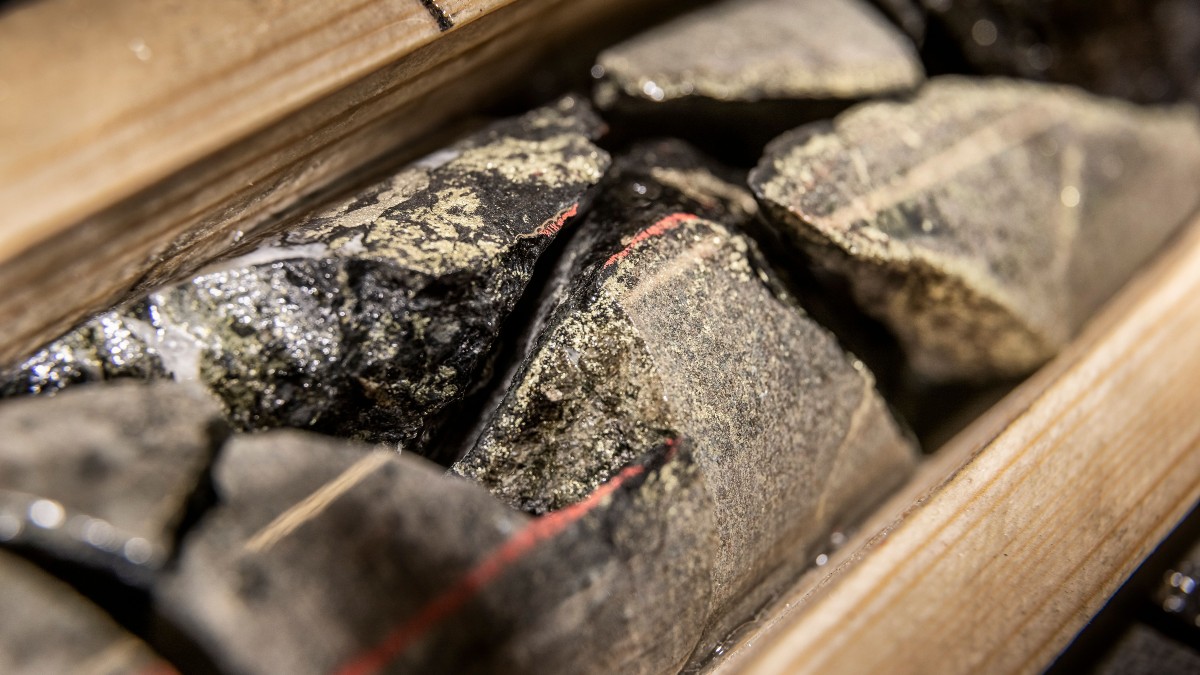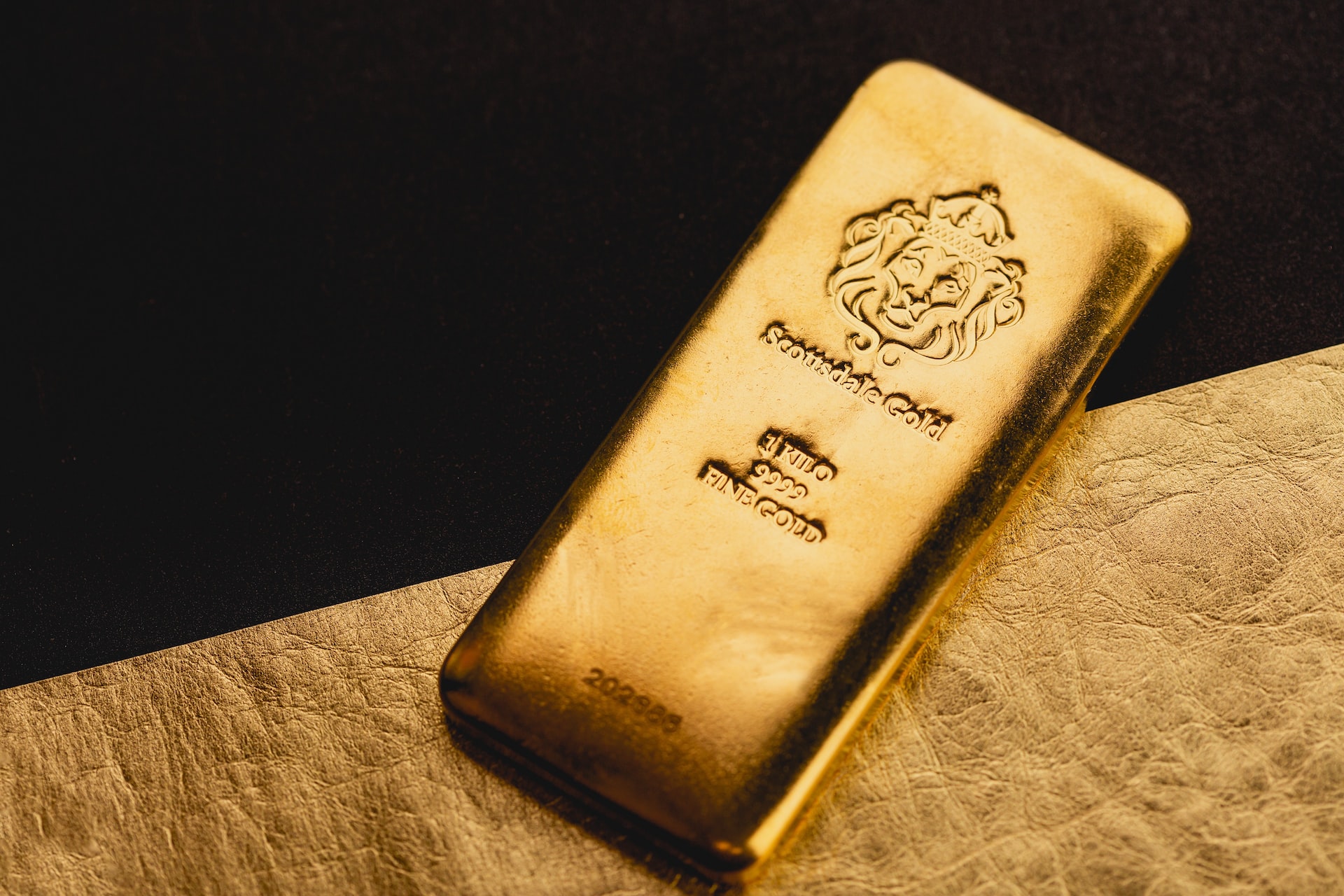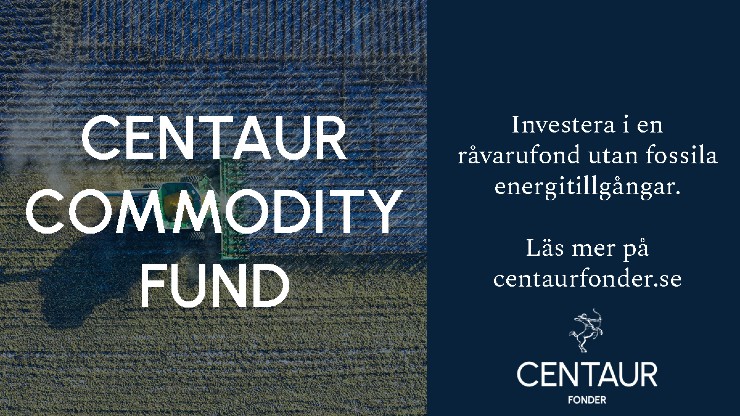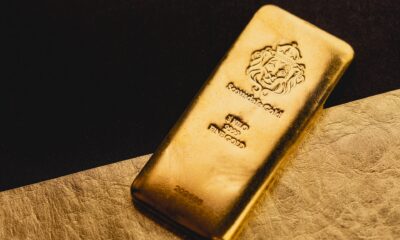Nyheter
David Hargraves on Precious Metals week 8 2012
At the backend of 2011 we were not quite a lone voice in warning that gold – and therefore its siblings platinum and silver – might come off a bit, but it was lonely out there. The $2,500 and $5,000 bulls were pawing the ground and snorting hot gases from most orifices. We sounded the first note of caution on Dec. 10th when gold was $1717/oz. It obliged by falling to $1,578/oz by year end. As we write it sits at $1,717, hardly a bull run considering what the Euro, Iran, Syria, Bahrain et al have thrown at it. Now the bulls are in the pen and others see downside pressure, too. Amongst its anti-friends is one Warren Buffett who believes in assets that work for a living. He gets comfort from Charles Gibson of Edison Investment Management who feels the upward-only trend is coming to an end. No we are not performing bears, but $1,400-$1,500 would still be a high historic price. Yet it take two to contango and the CEO of Anglo Gold, the world No 3 miner thinks we could easily breach $2,000 this year. We are all staying on the tramlines, are we not? Mark you, Mark Cutifani, he of Anglo, says Mr. Buffett does not understand gold or gold investors. Presumably therefore neither does US asset manager John Paulson who keeps trimming his exposure to the shares. It is a brave man who calls W.B. to account, let alone Paulson.
Gold ended the week as it started. It seems only a definitive move by Iran in the Strait of Hormuz or with its nuclear toys or both will provide a nearby stimulus. Noteworthy on the week: Goldfields CEO Nick Holland qualifies for the SOTBO award this week. He tells us South Africa is one of the most expensive places for gold mining. Nick, old friend, when you get down to 16,000 feet life ain’t cheap anymore. His cost per ounce is $968 in RSA compared with $590 in Peru and $841 in Australia. He also notes above-inflation-average wage increases. These things happen if you are not careful.
India has more gold under the bed than anyone else. They use it as collateral for loans, would you believe, a practice which is growing apace. The Reserve Bank is getting itchy about this as the sums involved approach $10bn, which is 180 tonnes of metal. It is a shark-infested business, where they speak of 12-24% as a rate of interest. Given India’s long history with gold, they might regulate but they won’t stop it.
Gold demand hit a 14-year high in 2011, at 4067 tonnes, compared with newly mined supply of c. 2800 tonnes. Figures from the WGC show: Global demand 4067.1t, investment 1640.7t, Chinese demand 769.8t (up 20%), Indian demand 933.4t (down 7%), European demand 374.8t (+25%), world mined output 2809.5t (+4%), recycling 1611.9t (down 2%). GoldCorp (G.TO C$46.81; Hi-Lo CR55.93-43.08) the world’s No 5 producer of gold at a rated 79 tpy and silver at 715 tpy achieved record 2011 earnings despite a sharp Q4 drop. EPS was up to $2.22 per share on output of 78 t gold, from $1.43 per share in 2010. Reserves grew for the 8th consecutive year. Amplats, the world’s largest platinum producer is at the reins of the bandwagon. Its CEO says producers need $1,900/oz to have a variable longterm future. So how were you faring only three years ago when it was $826/oz? The company also warns that demand for its products will be down c. 200,000oz in 2012 to 2.5-2.6 Moz.
[hr]
About David Hargreaves
David Hargreaves is a mining engineer with over forty years of senior experience in the industry. After qualifying in coal mining he worked in the iron ore mines of Quebec and Northwest Ontario before diversifying into other bulk minerals including bauxite. He was Head of Research for stockbrokers James Capel in London from 1974 to 1977 and voted Mining Analyst of the year on three successive occasions.
Since forming his own metals broking and research company in 1977, he has successfully promoted and been a director of several public companies. He currently writes “The Week in Mining”, an incisive review of world mining events, for stockbrokers WH Ireland. David’s research pays particular attention to steel via the iron ore and coal supply industries. He is a Chartered Mining Engineer, Fellow of the Geological Society and the Institute of Mining, Minerals and Materials, and a Member of the Royal Institution. His textbook, “The World Index of Resources and Population” accurately predicted the exponential rise in demand for steel industry products.
Nyheter
USA ska införa 50 procent tull på koppar

USA:s president Donald Trump har precis meddelat att landet ska införa en tull på 50 procent på basmetallen koppar. Priset på råvarubörsen i USA stiger omgående med 10 procent.
USA har viss inhemsk produktion av koppar, men den inhemska efterfrågan överstiger produktionen. Därför måste landet importera koppar för att täcka behovet, särskilt för användning inom elnät, elektronik, byggindustri och fordonssektorn. De största exportörerna till USA är Chile, Kanada, Mexiko och Peru.
När tullar av denna typ införs uppstår prisskillnader i världen. Handlar man koppar på börsen är det därför viktigt att veta vilken börs man handlar på eller om man använder certifikat så är det viktigt att veta vilka underliggande värdepapper de följer.
Sedan är det som alltid med Trump, begreppet är som bekant TACO, Trump Always Chickens Out. Man ska alltså inte ta några definitiva stora beslut baserat på vad han säger. Saker och ting kan ändra sig från dag till dag.
Nyheter
Ryska staten siktar på att konfiskera en av landets största guldproducenter

En våg av panik sprider sig bland Moskvas elit sedan Vladimir Putins regim inlett en dramatisk offensiv för att beslagta tillgångarna hos Konstantin Strukov – en av Rysslands rikaste affärsmän och ägare till landets största guldgruvföretag, Yuzhuralzoloto. Åtgärden ses som ett tydligt tecken på hur långt Kreml är villigt att gå för att säkra ekonomiska resurser i takt med att kostnaderna för kriget i Ukraina stiger.
Strukovs förmögenhet, som uppskattas till över 3,5 miljarder dollar, byggdes upp under decennier i nära relation med maktens centrum i Ryssland. Men den 5 juli stoppades hans privatjet från att lyfta mot Turkiet. Enligt flera ryska medier deltog den federala säkerhetstjänsten FSB i ingripandet, och Strukovs pass beslagtogs. Händelsen ska vara kopplad till en omfattande rättsprocess där åklagare kräver att hela hans företagsimperium förverkas – med hänvisning till påstådd korruption och användning av skalbolag och familjemedlemmar för att dölja tillgångar.
Företaget själva förnekar att något inträffat och kallar rapporteringen för desinformation. De hävdar att Strukov befann sig i Moskva hela tiden. Trots det bekräftar rättsdokument att både han och hans familj förbjudits att lämna landet, och att myndigheterna snabbt verkställt beslutet.
Det som nu sker är en del av ett större mönster i ett Ryssland präglat av krigsekonomi: staten tar tillbaka kontrollen över strategiska sektorer som guld, olja och försvarsindustri – industrier som nu allt mer mobiliseras för att finansiera och stödja krigsinsatsen. Intressant nog handlar det inte om att Strukov ska ha varit illojal mot regimen – tvärtom har han varit en lojal allierad, med politiska uppdrag knutna till Putins parti. Men lojalitet räcker inte längre som skydd.
Medan tidigare utrensningar ofta riktade sig mot krigskritiker eller de som flydde landet, drivs dagens tillgångsövertaganden av något mer fundamentalt: ekonomisk nöd. De växande sanktionerna har nästan helt strypt inflödet av utländskt kapital. Statens oljeintäkter minskar och budgetunderskotten växer. Putins lösning är att vända sig inåt – till de oligarker han själv lyfte fram – för att fylla statskassan.
Det här är inte ett enskilt fall. På senare tid har flera framstående affärspersoner hamnat i plötsliga rättsliga tvister, omkommit under mystiska omständigheter eller sett sina bolag tas över av staten. Den oskrivna överenskommelsen som länge gällde i Putins Ryssland – rikedom i utbyte mot lojalitet – håller på att kollapsa.
Den 8 juli väntar en rättsförhandling som kan avgöra framtiden för Strukovs affärsimperium. Men budskapet till Rysslands näringslivselit är redan tydligt: ingen är för rik, för lojal eller för nära den politiska makten för att gå säker. I ett Ryssland där kriget kräver allt större uppoffringar riskerar oligarker att snabbt förvandlas till måltavlor.
Nyheter
Hur säkrar vi Sveriges tillgång till kritiska metaller och mineral i en ny geopolitisk verklighet?

När världsläget förändras ställs Europas beroende av metaller och mineral på sin spets. Geopolitiska spänningar, handelskonflikter och ett mer oförutsägbart USA gör att vi inte längre kan ta gamla allianser för givna. Samtidigt kontrolleras en stor del av de kritiska råvarorna vi är beroende av av andra makter – inte minst Kina. Vad händer med Sveriges industriella förmåga i ett läge där importen stryps? Hur påverkas försvarsindustrin av Kinas exportrestriktioner? Är EU:s nya råvarupolitik tillräcklig för att minska sårbarheten – eller krävs ytterligare statliga insatser och beredskapslagring? Svemin anordnade den 25 juni ett seminarium som bestod av bestod av deltagare från myndigheter, politik och industri. Man diskuterar Sveriges och EU:s strategiska vägval i en ny global verklighet – och vad som krävs för att säkra tillgången till metaller när vi behöver dem som mest.
-

 Nyheter4 veckor sedan
Nyheter4 veckor sedanStor uppsida i Lappland Guldprospekterings aktie enligt analys
-

 Nyheter4 veckor sedan
Nyheter4 veckor sedanSilverpriset släpar efter guldets utveckling, har mer uppsida
-

 Nyheter3 veckor sedan
Nyheter3 veckor sedanUppgången i oljepriset planade ut under helgen
-

 Nyheter2 veckor sedan
Nyheter2 veckor sedanMahvie Minerals växlar spår – satsar fullt ut på guld
-

 Nyheter3 veckor sedan
Nyheter3 veckor sedanLåga elpriser i sommar – men mellersta Sverige får en ökning
-

 Analys3 veckor sedan
Analys3 veckor sedanVery relaxed at USD 75/b. Risk barometer will likely fluctuate to higher levels with Brent into the 80ies or higher coming 2-3 weeks
-

 Nyheter2 veckor sedan
Nyheter2 veckor sedanOljan, guldet och marknadens oroande tystnad
-

 Nyheter2 veckor sedan
Nyheter2 veckor sedanJonas Lindvall är tillbaka med ett nytt oljebolag, Perthro, som ska börsnoteras















